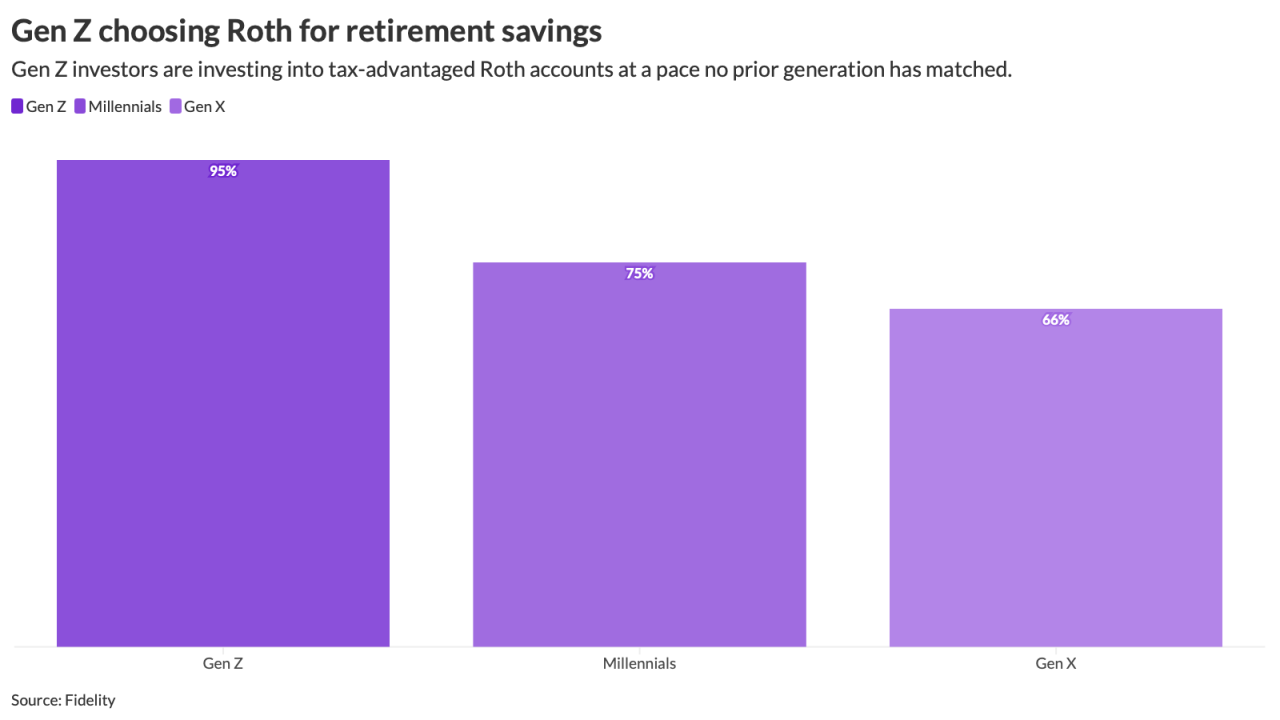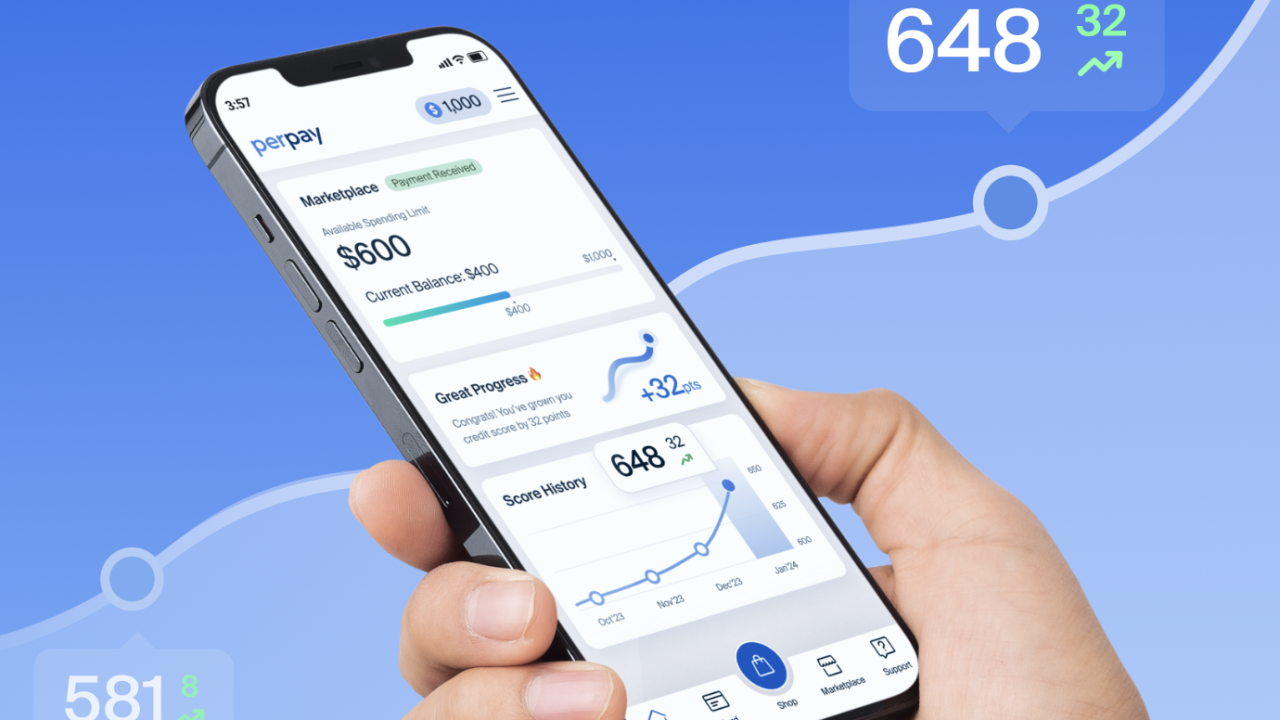Commentary: Over the past eight years, 13 pending or settled cases have accused companies of failing to act in the best interests of employees participating in 401(k) retirement plans. The most recent filing was made by Bailey & Glasser, LLP, which filed a class action lawsuit against AEGON USA in which it accuses the global financial services organization of forcing employee retirement savings accounts into high-priced AEGON investments and retirement programs, and routinely charging unnecessary and exorbitant fees. The suit claims the company has violated pension law by putting their profits ahead of the best interests on their employees and in doing so has taken millions of dollars in excessive fees.
This filing came just days before Lockheed Martin agreed to a $62 million settlement, the largest of its kind against a single company, for mismanaging its employees retirement accounts. The company, which manages the fifth largest 401(k) plan in the U.S., was accused of placing employee retirement funds in low-yielding money-market funds and charging excessive record-keeping fees.
Another such case, Tibble v. Edison, has even made it to the Supreme Court. In the midst of these allegations, how can employers be sure their retirement funds are safe?
Also see: DOL primed to expand 401(k) oversight through Tibble v. Edison
Funds that have higher expense ratios are usually deliberately embedding additional fees so middlemen that are part of the suppliers of 401(k) plans can get paid. These fees are often a product of revenue sharing, which in itself is not illegal, but can erode returns. Erosion due to excessive fees can siphon hundreds of thousands of dollars from employee retirement savings accounts and line the pockets of the financial services companies as well as potentially reducing the employers cost to administer the plan through revenue-sharing kickbacks.
Also see: Edison case exposes deceptive practice of revenue-sharing
Employees depend on their plan sponsors to act as a prudent fiduciary, or hire one, to frequently monitor plans and to act in the employees best interests. Consistent monitoring will ensure that expensive, poor performing options are vetted out. There is nothing specific in ERISA, the Employee Retirement Income Security Act, which specifically refers to how frequently plans should be monitored. However, best practices suggest plans should be reviewed at least every four to six months, and at least annually.
Employers risk legal action by their plan participants if plans are not being properly monitored or employers are showing a lack of concern for their duty as a plan trustee. Any of the following circumstances are cause for concern:
- More than two years has passed without any changes to the fund line-up;
- Funds exhibit consistently low performance;
- Plan expense ratios are higher than 1%, or all in costs are more than .5% to 1.5%;
- There is an insufficient diversification of funds; or,
- Lack of educational meetings or access to information about the plan.
If there are any red flags in the way a companys 401(k) plans are being monitored, it may be time to consult with an adviser.
Brian Menickella is a co-founder and managing partner of The Beacon Group of Companies, a broad-based financial services firm offering companies and individuals advice on insurance, investing and employee benefits.





